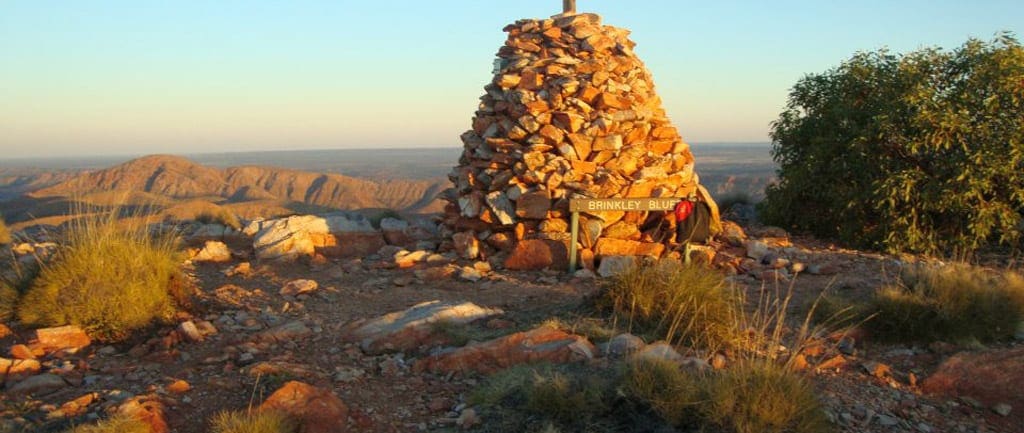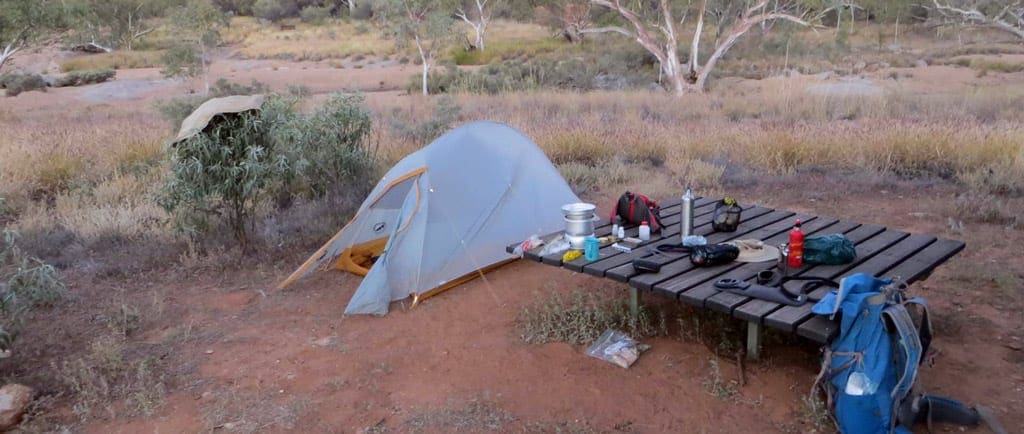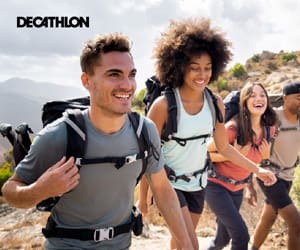Trip Report by Leigh Alchin – June 2018
Yes I did Hike the Larapinta Trail solo
I walked the Larapinta Trail solo over 13 days over a 4 year time frame. The trail consists of 12 sections, that start from Alice Springs and end at Mount Sonder in the Western Macdonald National Park 232kms in distance. I hiked the trail solo with a maximum of 3 days at a time.
Yes I hiked this desert trail Solo, I did carry a satellite phone and all the proper equipment.
Whilst walking this trail, I had numerous equipment failures examples, camelbak leaking in pack, water straw bottle not being able to suck water through the filter media, I got lost but I managed to get back on track and arrive to camp alive and getting advice from people who don’t walk long distances in the desert. This caused me to abandon my first Three day walk and come home and learnt the lessons that caused me to fail. I was upset with myself that I had to come home, but it says more about a person when they know they are out of the depth to abandon and come home.
The factors that caused me to fail: 1 carrying 6 litres of water. 2: Wearing a Akubra Hut, Fur Felt Hat and wearing cotton hiking pants on 30 Degree Day.

The hardest aspect of hiking Solo is when things start to go wrong there is no one else to ask or give you assistance when problems come up and yes they will.
What I have learnt when things go wrong take your time and workout what has caused the problem and think about how you are going to fix the problem with what you have.
An example of this my Water Straw bottle – I wasn’t able to drink water from it. I changed the vent valve around two different ways and that didn’t work. (Water from water hole).

My solution carry water from water hole in my spare water bladders and boiled for three minutes and hey problem solved. Before descending through a 3km George, the last thing you want to be doing is pulling out all the small items out of your pack to get the stoveout in the Gorge.
Yes it’s satisfying, challenging and yes sometimes you want to come home, that’s part of the challenge.
Yes I did Hike the Larapinta Trail solo, I know it’s not recommend for safety reasons and those who are considering it should do their own research and ask other people who completed it in the past.











